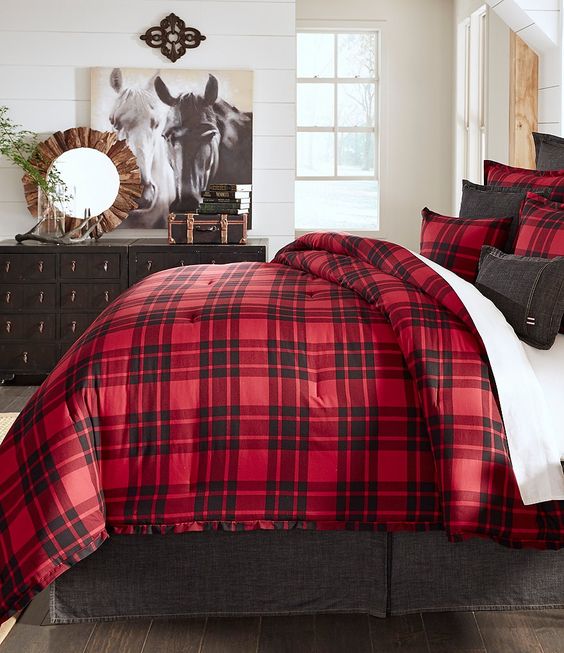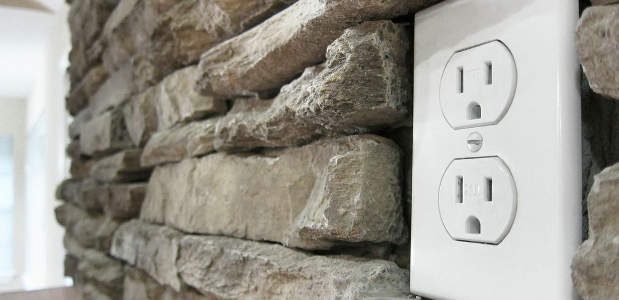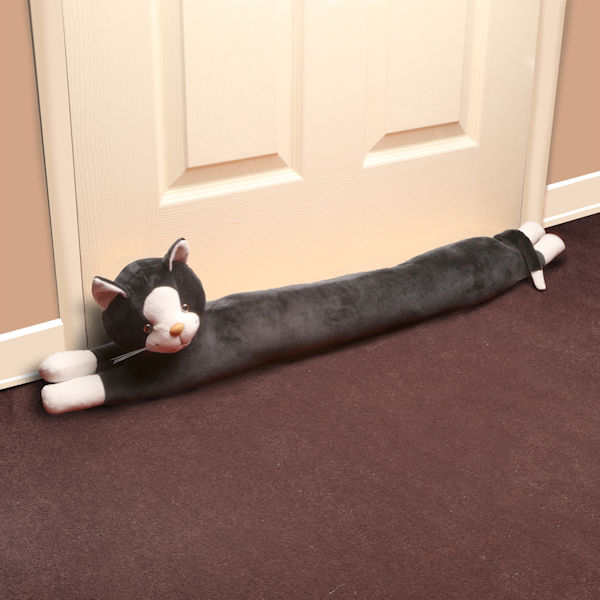
Have you started waking up to chilly mornings, ones that send you running straight for the thermostat? It’s a frequent problem during the fall in Atlanta – warm afternoons that lead you to turn the heat off and even boot the AC back up, only to find yourself freezing when you wake up to 40 degree weather the next morning. And of course, it is now also time for all of the hot natured folks married to cold weather wimps to begin their epic battles over control of the thermostat. While we can’t settle those arguments or prevent you from needing your heater on at all, we do have some suggestions and tips for saving money on your winter heating costs, and keeping rooms warmer in other ways.
Check Throughout Your Home for Drafts
Do you notice an obvious difference in temperature when you stand by certain windows in your home? If so, you likely have gaps or leaks around the windows, and that air loss is likely leaving you chilly and wasting your money with unnecessarily high heating costs. Every year before winter fully hits, check all of the windows and doors in your home that open to the outside. To do this you can use a draft detector, which is a handheld device that looks similar to a thermometer. Another method for determining whether or not you have a draft is by simply burning stick of incense beside a closed window or door to check for unwanted air movement.
Luckily it’s not hard to fix any gaps that you identify. Caulk and weather-stripping for windows and doors is inexpensive and can be found at your local home improvement store, hardware store, and even large general retailers. If the instructions on the packaging aren’t enough to show you exactly how to install the weather-stripping or apply the caulk, there are numerous step-by-step videos on YouTube that can show you just how to do it. As soon as these gaps are fixed, the room in question will stay much warmer. Your energy costs will be less, and you will have removed one way that bugs can get into your home.
Adjust Your Ceiling Fan When the Seasons Change

Sure, you knew that using your ceiling fans can keep rooms cooler and reduce your summer energy usage, but did you know that they can also help you keep your rooms warmer in the winter? It all depends on the direction you spin the blades. Throughout the summer, a counterclockwise rotation creates a cooling breeze that is especially helpful in keeping you cooler while you sleep. Once late fall rolls around, you should reverse your the rotation of each fan to clockwise. For most fans, this is as easy as flipping a switch on the fan’s base that sets the rotational direction. When they are turning in a clockwise direction, the fan’s blades pull warmer air from the ceiling, and push it down lower into the room. If you do this, you will feel warmer and be less likely to keep nudging the thermostat up degree after degree.
If you are already making an adjustment to your fan, this is a great time to go ahead and wipe down those blades that have been catching dust all spring and summer. To make this task super easy, grab a pillowcase and wrap it around each blade, then slide the fabric down the blade. All the dust will collect inside the pillowcase rather than falling around the room. Repeat for each blade then toss the pillowcase into the washing machine.
The Best Winter Bedding
Most of us have extra blankets and quilts to add to our bedding when the temperatures start to dip, but it’s not just the amount of cover you’re under that makes a difference. The type of sheets, blankets, etc that you use, and the materials they are made of, are also important when it comes to keeping you warm throughout a cold night.

Start with your sheets. The percale and sateen sets that have felt so cool and smooth throughout the summer will not keep you warm when the temperatures drop. Instead of moving directly to piling on additional layers of cover, first swap out those silky summer sheets for a warmer set, such as those made of flannel.
Top your sheets with a quilt or warm blanket, weighted if you prefer. However, while an electric blanket is a great way to stay extra warm at night, they should never be placed beneath additional layers. So if you are topping off your bedding with an electric blanket, be sure not to add anything else on top. Likewise, electric blankets are for adult bedrooms only. As for your top layer, a down-filled comforter or duvet is the warmest material for your winter slumber, and if you prefer, down alternative will be just as warm.
If you still feel like you aren’t quite warm enough at night, but others in your home are already complaining about how high you’ve turned up the thermostat, you can also consider purchasing an electric mattress pad. These pads fit over your mattress and warm you up from beneath your sheets. They also act like a full body heating pad, and can help with minor muscle aches and pains.
Change Your Curtains in the Winter Too
Even without drafty gaps in your windows’ caulking, some of the cold outside still transfers through the glass of your windows. You can insulate your rooms from some of this chilliness by exchanging your light summer drapes to heavier window coverings during the winter. Drapes that are lined and marketed as light blocking will also help block some of the winter chill, but choose an uplifting color to counteract the heaviness of the look. You can still open the drapes as you like in order to capitalize on the limited winter sunshine and natural light. Insulated blinds are also an option, but are not as easy to switch back and forth depending on the season.
Insulate Your Wall Outlets

Have you ever noticed a chill of cold air around the power outlets in a room? Or perhaps you might have gone to plug something in and noticed the outlet was cold to the touch. You might be surprised to learn how much cold air can creep in around these small spots in your home. This problem can be solved easily with outlet insulators, which are available at your local home improvement store. These products are basically small foam sheets that attach to the back of the outlet faceplate. They then block cold air from making its way into your home.
Add a Fluffy Area Rug to Your Bedroom and Living Room
Do you hate the thought of putting your feet down on the cold hardwood floor first thing every morning? Instead of dreading that chill, invest in a thick, warm area rug for underneath your bed. If you currently are using a lighter, smaller rug with a shorter pile, consider switching them out based on the seasons. You should also consider placing a warm rug on the floor of your living room or family room, especially if people often lounge on the floor to play games and watch television and movies.
Wool is one of the best materials when it comes to adding a rug for warmth, and wool rugs are also soft and durable. They can be expensive though, and do require specialized cleaning. Cotton, acrylic and nylon are less expensive and easier to clean, but will likely not last as long. For the ultimate mix of style and warmth, consider a faux sheepskin rug for common areas.

Other things to consider when shopping for a rug that is being added to a room for warmth include the density – a rug with a higher stitch count will be a better insulator and add warmth to the room. Also, depth matters. A higher pile will provide more protection against the cold. Size is another thing to consider. The more hardwood floor space you cover, the more benefit you will receive as far as insulating from the cold is concerned, but you may also not want to lose the look of your hardwoods. In this case it might be a better idea to use multiple rugs of varying smaller sizes placed in the specific areas where bare feet touch the floor the most.
Keep Your Feet Covered Up to Stay Warmer
Did you know that as a general rule, people sleep better when their feet are warmer? And whether you realize it or not, chilly feet could be a reason you awaken during the night. You may be tempted to simply turn the dial up on your thermostat, but if only your feet are the problem, slip on some stocks instead. Wearing socks throughout the house during the day, then slipping on a thicker and fluffier pair before going to bed can actually keep your whole body warmer and make you less likely to go to battle with your significant other over the thermostat.
Close Off Rarely Used Rooms, and Don’t Heat Them

If you have certain guest rooms that are truly only used by out-of-town visitors, why bother heating them all winter when you could use that heat elsewhere? Close the heating registers in those rooms, which will redirect some additional heat to other locations where it is needed for regular users. Then keep the doors to those rooms closed. If cold air is escaping under the door, use a draft stopper. These long fabric pieces, usually filled with rice or styrofoam beans can be placed in front of a drafty door to keep that cold from escaping into the warmer parts of your home. Of course, you will catch quite a draft if you have to run into a guest room closet for a rarely used item, but the payoff will be worth is your other rooms warm up without the dial on the thermostat being turned. Just don’t forget to open the vents back up when the room is put to use again.

